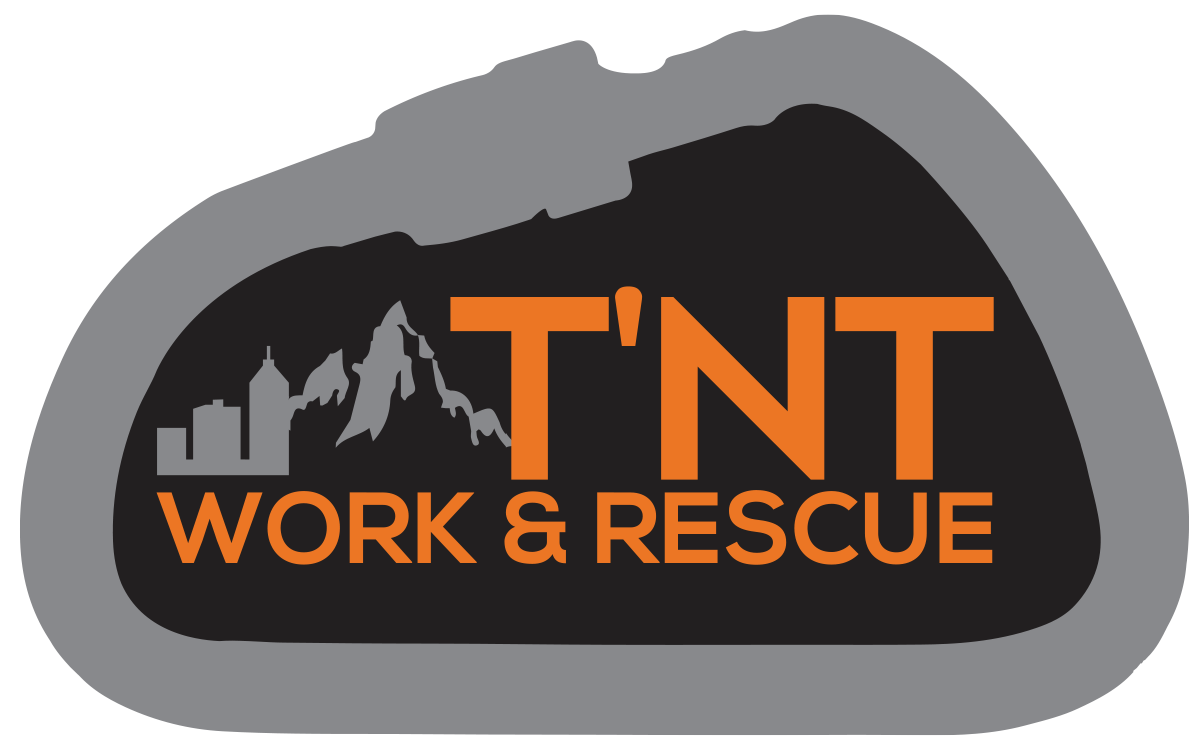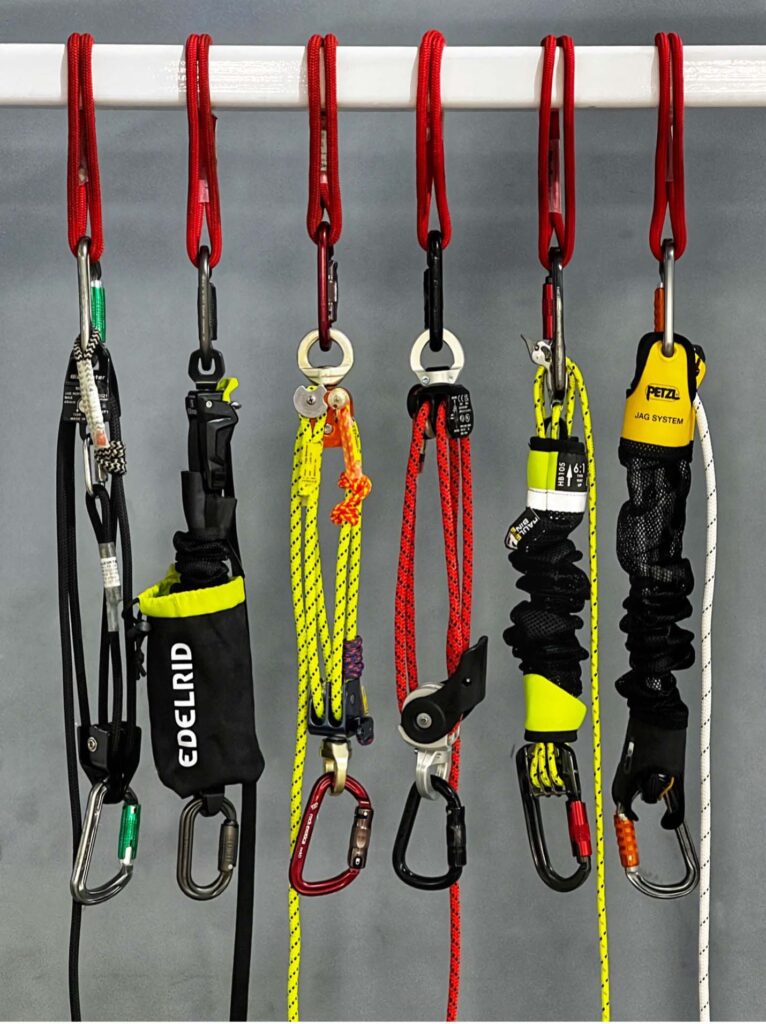Back in 2000, Reed Thorne helped develop what we know today as the Aztek kit, a mini-haul system that uses 8mm cordage and compact pulleys to create a robust pre-built system capable of handling the maximum forces a Mechanical Advantage (MA) can expect to see in a rescue system. Since then, several manufacturers have created their own mini-haul systems, each with a different material or feature that makes them unique but still versatile.
At its core, the purpose of a mini-haul system can be obvious: lift heavy loads with a mechanical advantage. However, rescue technicians have since found countless ways to make these tools the “Swiss Army knives” of rescue. Some teams use it to help with high directionals, anchoring, focal point positioning, and even changeover techniques. When using a tool with so many potential uses, it’s inevitable that it’ll be better in some areas than others. Each version comes with its own pros and cons and choosing one will come down to several factors, including size, weight, features, usability, release capability, and price.
With the Rock Exotica Aztek being the “OG” of these kits, it set the bar high, using lightweight pulleys that include built-in swivels. Rock Exotica utilized a clever colour-coded system to allow you to use the progress capture on either end of the system, making it more practical to be used as a 4:1 or a 5:1, depending on your frame of reference. The ISC Haulbiner went with a different approach that uses smaller 6mm cordage and offers a user the MA of 6:1 or 7:1. The kit includes built-in carabiners to minimize the compacted length and overall weight. The Petzl Jag uses a similar sheath to the Haulbiner, keeping the cordage between the pulleys enclosed so they’re less likely to twist or catch onto an object when extended. Edelrid decided to sway from the commonly used cordage and instead used technora webbing in their Kaa system, which still maintains similar efficiency and provides smooth control. Most recently, Harken entered the mini-haul system market with the Wingman, which uses eccentric cams and an ergonomic handle to release heavy loads with incredible control.
After throwing these five mini-haul kits in the ring with a back-to-basics Bluewater kit, it became apparent they’re all relatively evenly matched in terms of efficiency, so the focus was turned to their usability and release capability. Three of the tested systems utilize a sheath to help prevent twists and objects from inadvertently getting snagged in the lines. However, especially with longer pre-built systems, when the system was close to being fully collapsed, the bunching of the sheath appeared to increase friction and limit the minimum size. Toothed devices were very reliable, instantly locking progress in place, but with heavy loads, they felt a little more challenging to release. The two NFPA-rated systems, the Wingman and the Aztek, are the only systems with the release at the bottom (when pulling the running end down). If using these systems as a litter attendant, this may be a very welcome feature, as the control end would always stay within reach. While the Aztek can be configured to capture progress at either end, the Wingman isn’t quite as versatile in that sense, as when used on an overhead anchor (e.g. a tripod) or as part of a litter bridle system, the system may need to be inverted with the running end rigged through a redirect. This is so that the control is on the top, but the rope can still be pulled down. If using a different system as the litter attendant’s adjustable connection, a similar alteration would be required. The swivel feature on some of the systems was a benefit when rigging the systems, as initially, less thought had to be put into clean rigging. Once loaded, though, the swivels played less of a role and all the systems performed similarly. Only the Kaa and the Haulbiner ventured away from 8mm cordage, going with webbing and 6mm cordage, respectively. Both were a little more challenging to grip but the Kaa’s built-in hand lever on the draw cord made it one of the easier systems to pull on.
So, which one is the best? Well, it depends.

